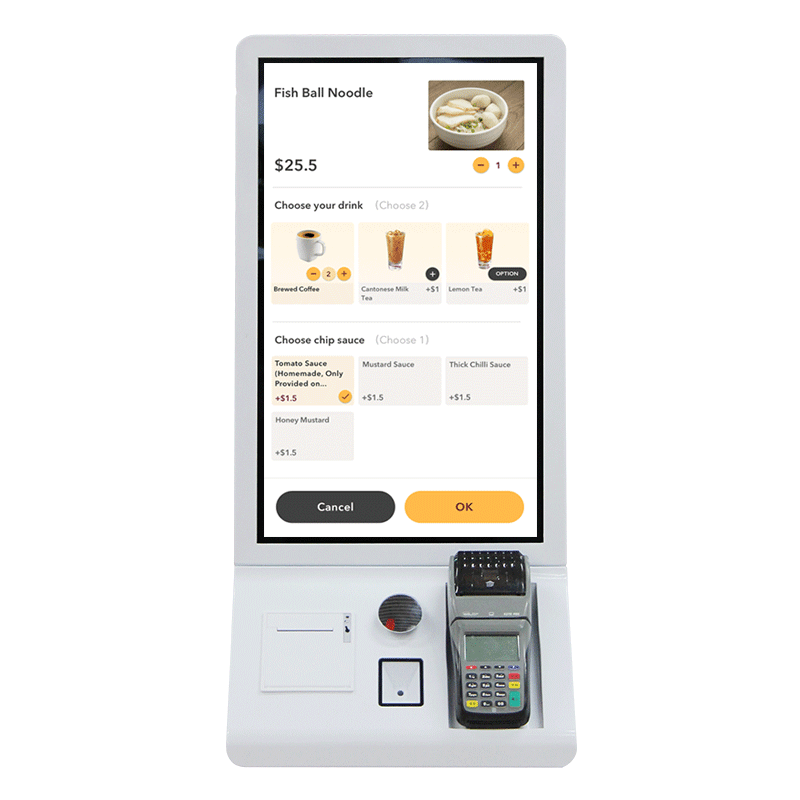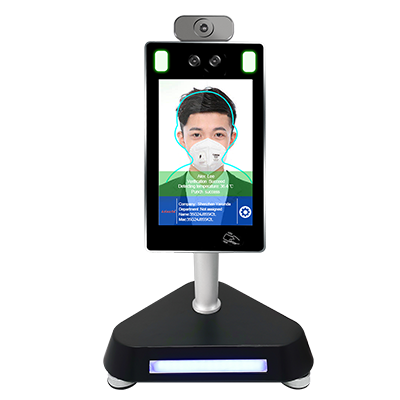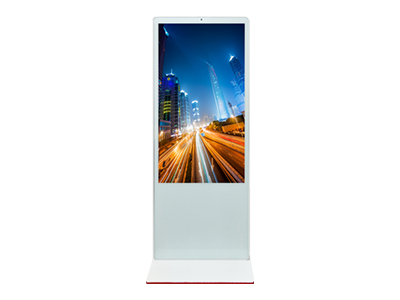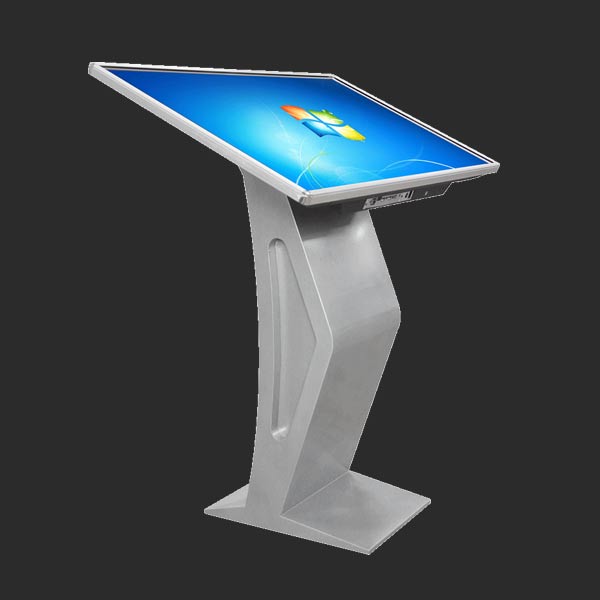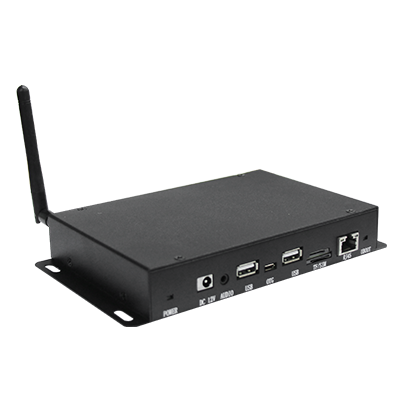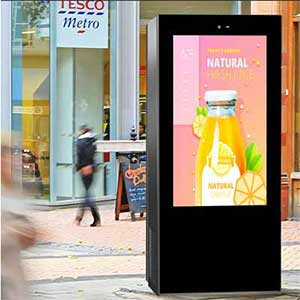Traditional Signage vs Digital Signage – The Best Choice
Published:2023-12-03Views:667

Digital signage uses advanced digital technology to display product information, promotions, advertising and other content in a dynamic and personalized way, thereby attracting more customers' attention and increasing sales. However, many businesses encounter many problems during the transition from traditional signage to digital signage. This article explores the gap between traditional signage and digital signage.
In today's business environment, effective signage is critical to attracting attention, engaging customers, and increasing brand awareness. Digital signage has gradually replaced traditional signage and become a more important marketing tool in the modern business world.
1. Limitations of traditional signage
Limited information display: Traditional signs usually display product information in a static manner, such as price, name and other basic information. Due to space and quantity limitations, the information display capabilities of traditional signage are relatively limited and cannot meet the increasingly diverse product information and marketing needs.
Costly to and maintain: Traditional signage requires periodic replacement of paper or fabric and manual posting and adjustment. The and maintenance costs are high, and the timeliness is poor, and it cannot reflect changes in product information and promotional activities in a timely manner.
Lack of interactivity: Traditional signage lacks interactivity and cannot interact with customers, attract their attention and guide their purchasing behavior. At the same time, traditional signage cannot collect and analyze customer behavior data, and cannot carry out precise marketing and optimization.
2. Advantages of digital signage
Rich information display: Digital signage uses digital technology to display product information in a dynamic and personalized way, such as text, pictures, videos and other multimedia content. Digital signage has richer information display capabilities and can meet increasingly diverse product information and marketing needs.
Convenient s and maintenance: Digital signage can use network technology and software control to achieve remote s and maintenance. The and maintenance costs are low and the timeliness is good. It can reflect changes in product information and promotion activities in a timely manner.
Interactivity and data analysis: Digital signage can add a variety of interactive elements, such as touch screens, QR codes, etc., allowing customers to interact with products. This can not only increase customers' sense of participation and desire to purchase, but also collect customer behavior data and feedback information to better improve goods and services. Through the analysis of data, supermarkets can understand the needs and preferences of target customers, thereby adjusting marketing strategies and increasing sales.
Energy saving and environmental protection: Digital signage usually uses electronic screens to display information, which is more environmentally friendly than traditional signs using materials such as paper and ink. At the same time, electronic screens have low energy consumption, which can reduce energy consumption and carbon emissions.
Specifically, we can compare from the following five aspects:

1. Display method
Traditional signs are usually made of materials such as paper or acrylic boards, and their content is fixed and cannot be d in real time. Once the production is completed, merchants need to create new signs to the information, which is not only time-consuming and labor-intensive, but also costly. In addition, the display method of traditional signage is relatively simple and cannot be personalized according to the needs and preferences of different customers.
Digital signage uses digital devices such as LCD screens and projectors to display information, which can content in real time and provide personalized displays based on the needs and preferences of different customers. Digital signage can also use multimedia technologies, such as video, audio, pictures, etc., to display product information in a more vivid and vivid way, improving customers' purchasing desire and experience.
2. Information dissemination
The information dissemination method of traditional signage is relatively passive. Merchants need to convey information to customers, but cannot effectively guide customers' purchasing behavior. At the same time, traditional signage has a limited range of information dissemination and cannot achieve large-scale and rapid information dissemination.
Digital signage can use network technology to achieve remote release and dissemination of information. It can not only quickly deliver information to customers, but also achieve global dissemination of information. Digital signage can understand customer needs and preferences through data analysis, thereby formulating more precise marketing strategies and guiding customers' purchasing behavior.

3. Interactivity
Traditional signage is usually not interactive, and customers can only passively receive information and cannot interact with the signage. This makes the customer's sense of participation and experience relatively poor, and cannot effectively stimulate customers' desire to purchase.
Digital signage is highly interactive. Customers can interact with the signage through touch screens, QR codes, etc., inquire about product information, participate in games, lottery and other activities. This interactivity can not only increase customer participation and experience, but also increase customer purchase interest and loyalty.
4. Operating costs
The production and maintenance costs of traditional signs are high, and businesses need to invest a lot of manpower, material and financial resources to produce, replace and maintain signs. At the same time, the information speed of traditional signage is slow and cannot meet the rapid needs of modern businesses.
Digital signage has lower operating costs, and merchants only need to invest in one-time equipment costs and regular maintenance costs. Digital signage s information quickly and can adjust content in a timely manner based on business needs and customer feedback to improve marketing effectiveness.
5. Environmental awareness
Traditional signs are usually made of paper and other materials, which cause certain pollution to the environment. As environmental awareness continues to increase, businesses are beginning to pay attention to environmental issues and seek more environmentally friendly marketing methods.
Digital signage is environmentally conscious and will not cause pollution to the environment. The display screen of digital signage can be recycled, reducing waste generation and environmental pollution. In addition, digital signage can also reduce energy consumption and environmental impact through energy-saving design.
Is digital signage expensive?
The initial cost of implementing digital signage can vary depending on size, quality, and additional features. While digital signs may cost more up front than traditional signage, their long-term benefits make them a worthwhile investment for many businesses. With Asianda you can combine great signage creativity and practice with cost effectiveness. Last but not least, you can leverage the versatility of your ecommerce sign so that it can be used in a variety of environments, both indoors and outdoors, maximizing its impact.
How long is the lifespan of digital signage?
The lifespan of digital commercial signage varies based on factors such as quality, usage and maintenance. Well-maintained digital signage can last an average of 5 to 10 years or more. Regular maintenance, including software s and screen replacement, can extend the lifespan. Despite the higher initial cost, the long lifespan of digital signage makes it a lasting and cost-effective investment for businesses in the long run.
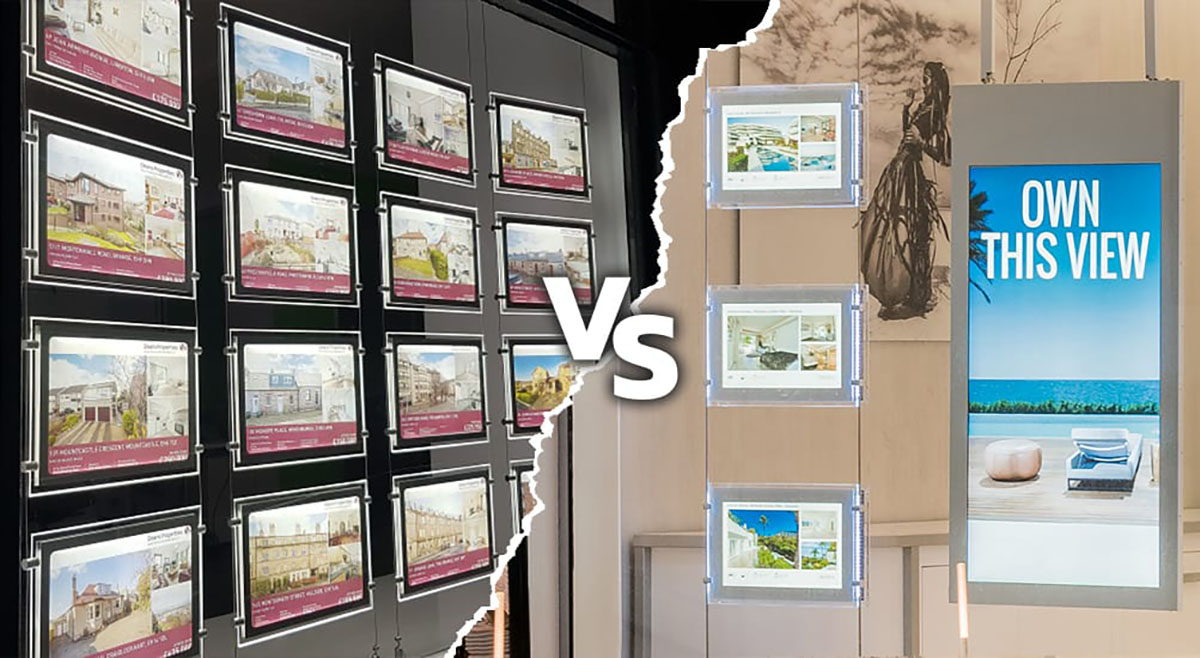
Summarize
There are obvious gaps between traditional signage and digital signage in terms of display methods, information dissemination, interactivity, operating costs and environmental awareness. Digital signage has more advantages and flexibility to better meet the needs of modern business and customer expectations.
With the continuous development of technology and the advent of the digital age, digital signage will become a more important marketing tool in the future business field. Merchants should actively embrace digital transformation and take advantage of digital signage to increase sales and brand image value. At the same time, privacy rights must be respected and guests' information data must not be abused to promote products or services. Only in this way can digital signage become a truly effective marketing tool in supermarkets, increase sales, and enhance brand image and value.

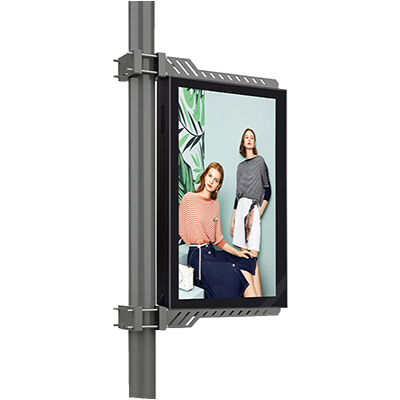


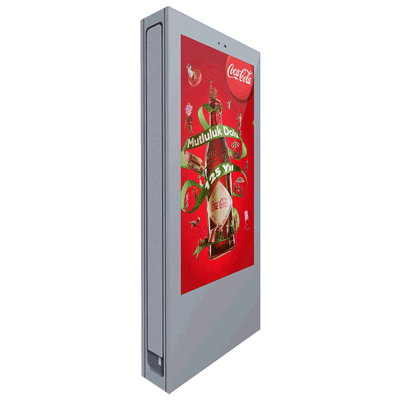




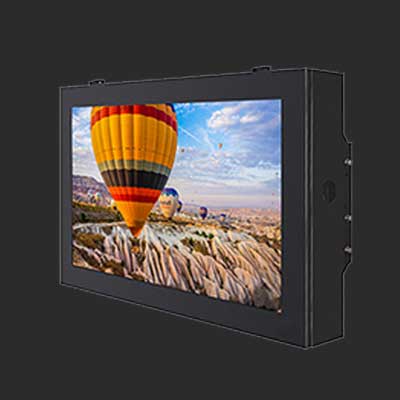
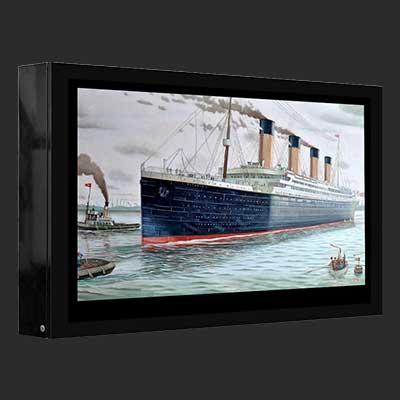
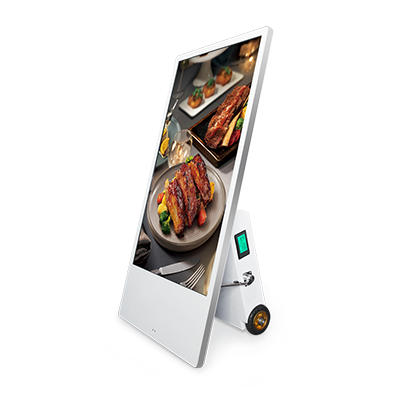







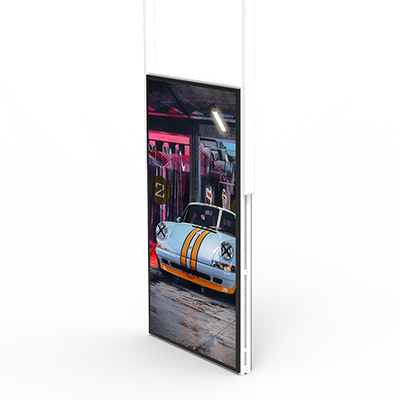








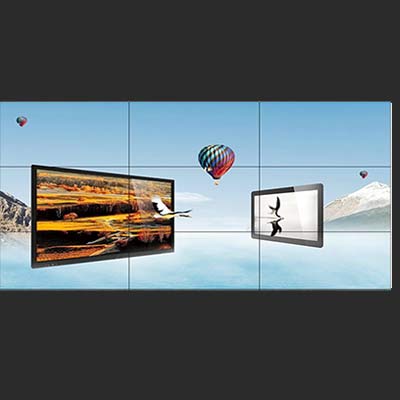
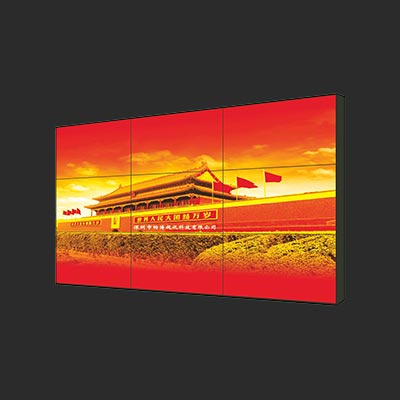


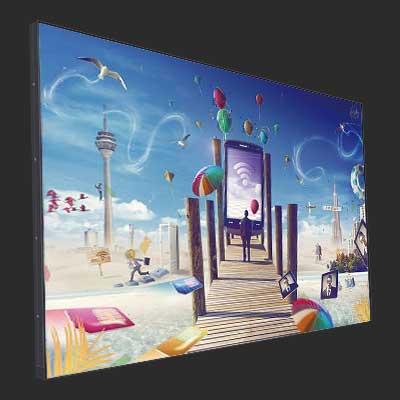













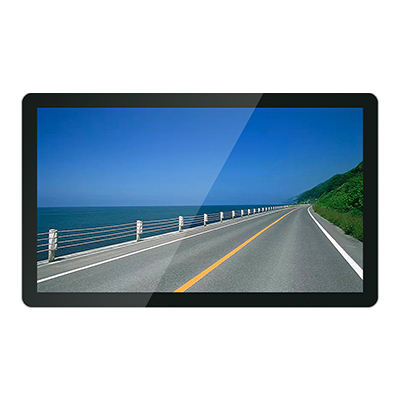
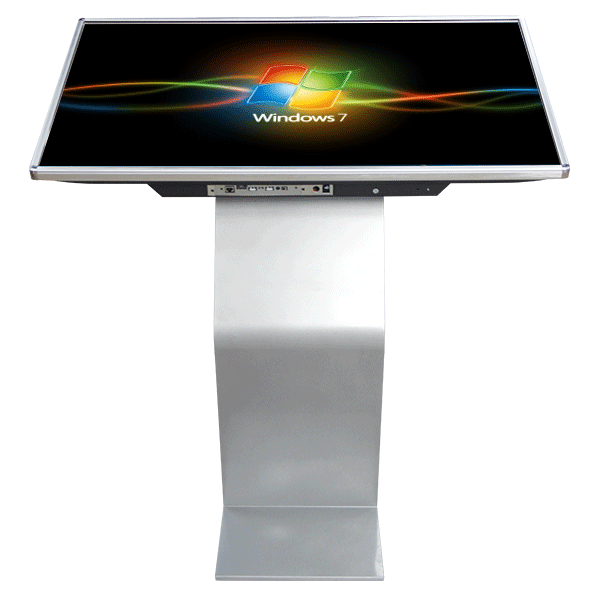
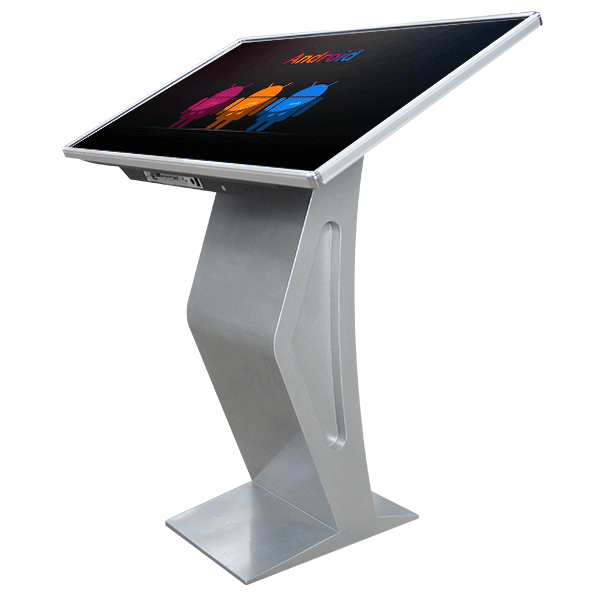
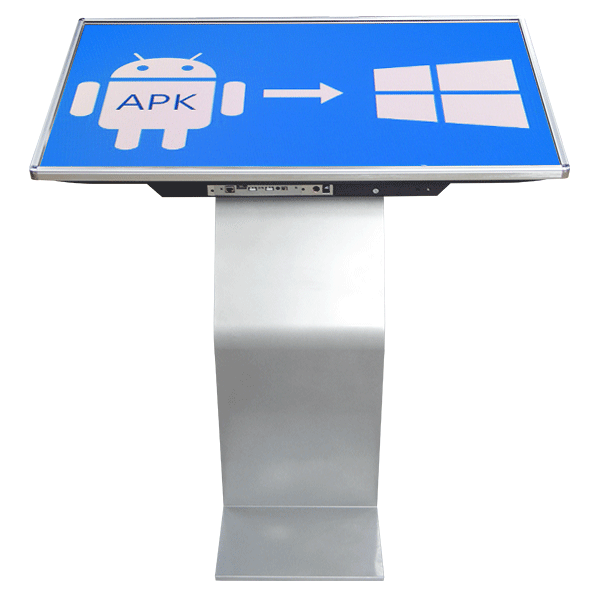
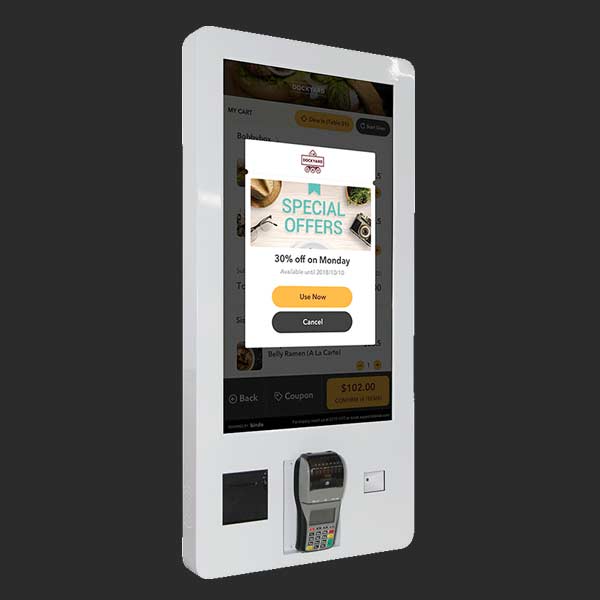





.png)



